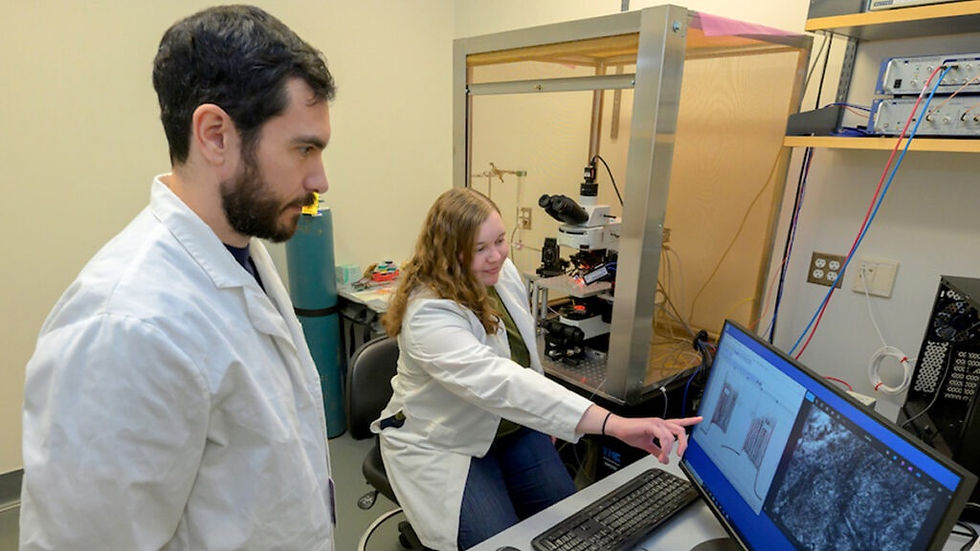Mouse study leads to first attempt to repair spinal cord in humans
- Nuno Gonçalves
- Sep 1, 2025
- 1 min read

Researchers in Israel are preparing to test the first-ever implantation of patients’ own spinal cord cells to restore mobility in paralysed individuals — a breakthrough made possible by foundational experiments in mice.
Restoring function after spinal cord injury remains one of the most challenging goals in regenerative medicine.
In a prior study published in Advanced Science, researchers from Tel Aviv University engineered an artificial spinal cord based on a specially designed hydrogel combined with mice stem cells subjected to a process that made the cells specialise in spinal cord cells.
When implanted into mice with spinal cord injuries, this artificial spinal cord promoted growth of new cells at the site of the lesion and restored motor function, improving the mice’s coordination and walking ability.
Building on that success, the same team led by Tal Dvir at Tel Aviv University and biotech company Matricelf has received preliminary approval from Israel’s Ministry of Health for compassionate-use trials in eight patients. Patients’ own blood cells will be reprogrammed into spinal cord cells, then combined with a custom hydrogel and implanted at the site of the injury. The expected result is that the cells will grow and merge with the healthy tissue around the injury, restoring spinal cord function.
Gil Hakim, CEO of Matricelf, added: “This milestone marks the shift from pioneering research to patient treatment. (…) Our approach, using each patient’s own cells to engineer a new spinal cord, eliminates key safety risks (…). If successful, this therapy has the potential to define a new standard of care in spinal cord repair.”



